

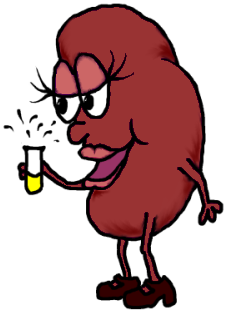
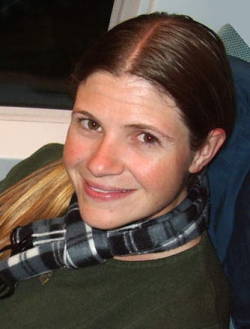
I completed my PhD, entitled "Characterisation of Urinary Protein in Health and Renal Disease," at Monash University under the guidance of Dr Wayne Comper in 2005. My work during that period involved the development of biochemical assays for diagnosis of renal disease, in patients with diabetic nephropathy and a variety of animal models. I took a break from research in 2005 while I moved to Perth and took up an academic appointment at the University of Western Australia. Although primarily focussed on teaching, my early goals were to establish a local network of research contacts and to set up laboratory space to expand on the work I began during my postgraduate studies.
My current research focus is acute kidney injury in an intensive care setting. There is a strong demand for assays that can identify the early stages of acute kidney injury, which may be used in a clinical setting to select patients for randomised controlled trials or to guide treatment interventions such as dialysis. In particular, I am interested in the plasma protein albumin and isoforms of this protein in patient urine.
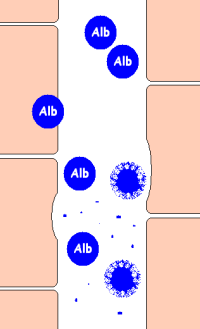
All albuminuria assays are not created equal.
Since the introduction of immunoassays there has been an explosion in the number of kits available on the market for measuring biomolecules. Albuminuria (high levels of albumin in urine) has long been recognised as a marker of disease, so cheap and convenient methods of detecting albumin have been made readily available. Unfortunately, these assays measure only a very small proportion of the albumin present in normal urine (<10%) and as a result they can return false negative results. The selection of assay can be critical to making an accurate diagnosis for a patient. These projects are concerned with developing easy to use assays for albuminuria that accurately reflect disease.
Acute kidney injury is a serious complication of some illnesses that require intensive care. Despite widely used treatment with dialysis, acute kidney injury is still associated with mortality. Recent evidence shows that early diagnosis and treatment intervention can improve patient outcomes. We have a large collection of urine samples collected from patients on the day of admission to ICU, matched with extensive clinical data that extends beyond patient recovery and discharge. These samples are being analysed for biomarkers that identify patients at the highest risk of acute kidney injury, so that these patients can be offered treatment at the earliest stage possible.
Albumin exists in different bodily fluids in different forms (intact in blood, but degraded in urine, for example). For this reason, accurately measuring the distribution of albumin presents a problem for researchers. Radioactive albumin molecules can be used in experimental models as tracers of the distribution of albumin throughout the body. Radioactive tracer studies have contributed enormously to the understanding of the normal mechanisms of protein processing and how these processes are affected in disease.
Proteins can be modified in numerous ways, from the addition of ligands to degradation and unfolding caused by external agents. These modifications affect the way that proteins are handled by the body and how they are detected by diagnostic laboratories. This area of research uses specific protein modification models in vitro as a way of understanding the effects of these modifications.
I welcome approaches from anyone who is interested in my work. Talk to me if you would like to discuss any of the following:
| 2009 | UWA Research Development Awards | $5,000 |
| 2007 | UWA Research Grants Scheme | $25,000 |
Honours
2008 Ms Kasia Kania
Succesfully completed with first-class
Summer vacation project
2008 - 2009 Ms Lavina Tay
Supported by scholarship from Kidney Health Australia
Kania K, Byrnes EA, Beilby JP, Webb SA and Strong KJ. (2010) Urinary proteases degrade albumin: Implications for measurement of albuminuria in stored samples. Annals of Clinical Biochemistry 47(Pt 2):151-7
Times cited: 3
Journal Impact Factor: 2.21
Strong KJ, Osicka TM and Comper WD. (2005) Urinary peptide excretion by non-diabetic volunteers and diabetic patients. Journal of Laboratory and Clinical Medicine 145(5):239-246
Times cited: 21
Journal Impact Factor: 2.62
Koltun M, Nikolovski J, Strong KJ, Nikolic-Paterson DJ and Comper WD. (2005) Mechanism of hypoalbuminemia in rodents. American Journal of Physiology 288(4):H1604-H1610
Times cited: 14
Journal Impact Factor: 3.97
Osicka TM, Strong KJ, Nikolic-Paterson DJ, Atkins RC, Jerums G and Comper WD. (2004) Renal processing of serum proteins in an albumin-deficient environment: an in vivo study of glomerulonephritis in the Nagase analbuminemic rat. Nephrology Dialysis Transplantation 19(2):320-328
Times cited: 9
Journal Impact Factor: 3.17
Osicka TM, Strong KJ, Nikolic-Paterson DJ, Atkins RC and Comper WD. (2004) [Letter]. Albumin and glomerular permselectivity. Nephrology Dialysis Transplantation 19(2):511-512
Times cited: 2
Journal Impact Factor: 3.17
2009Australasian Association of Clinical Biochemists Annual Scientific Meeting 2009 Brisbane Convention and Exhibition Centre, QLD, Australia |
|
2009Australasian Association of Clinical Biochemists Annual Scientific Meeting 2009 Brisbane Convention and Exhibition Centre, QLD, Australia |
|
2009American Thoracic Society International Conference 2009 San Diego Convention Center, California, USA |
|
2009American Thoracic Society International Conference 2009 San Diego Convention Center, California, USA |
|
2008American Society of Nephrology 41st Annual Meeting and Scientific Exposition 2008 Philadelphia Convention Center, Pennsylvania, USA |
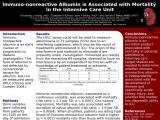
|
2003American Society of Nephrology 36th Annual Meeting and Scientific Exposition 2003 San Diego Convention Center, California, USA |
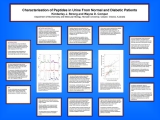
|
2002American Society of Nephrology 35th Annual Meeting and Scientific Exposition 2002 Philadelphia Convention Center, Pennsylvania, USA |
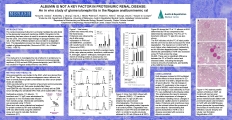
|
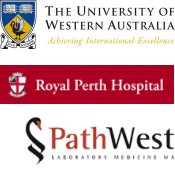
School of Pathology and Laboratory Medicine, University of Western Australia
Intensive Care Unit, Royal Perth Hospital
Department of Clinical Biochemistry, PathWest
School of Biomedical, Biomolecular and Chemical Sciences, University of Western Australia
School of Medicine and Pharmacology, University of Western Australia